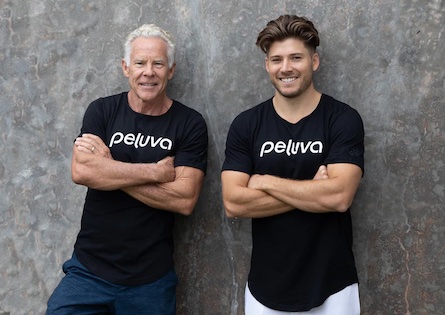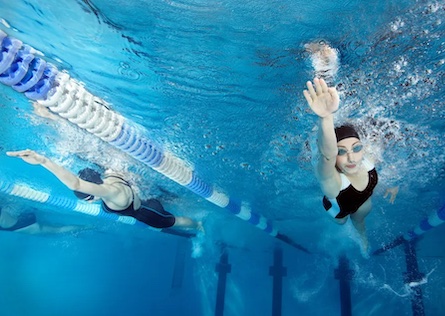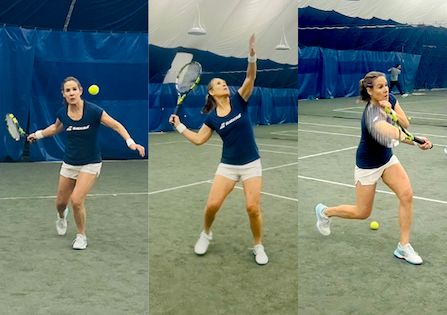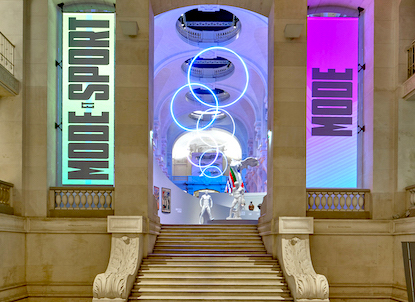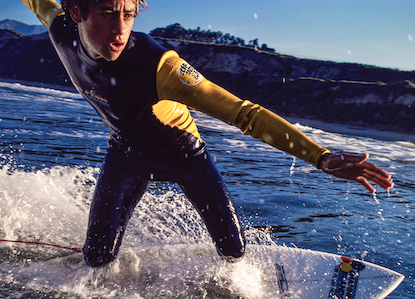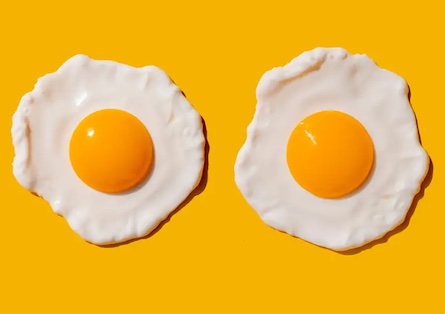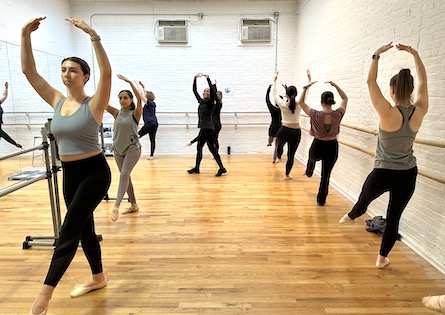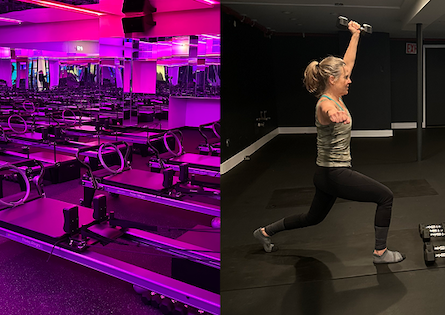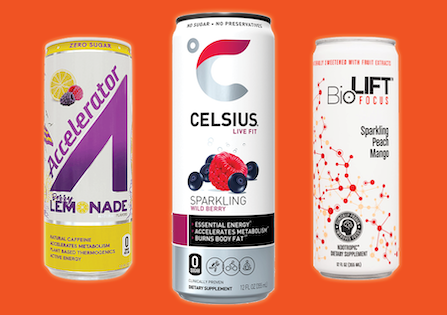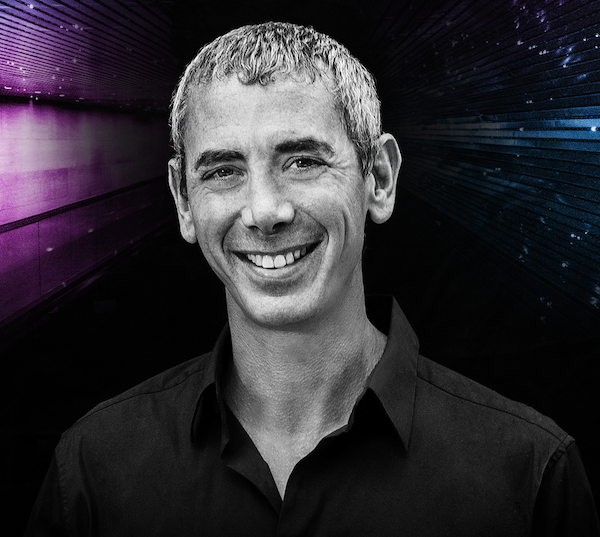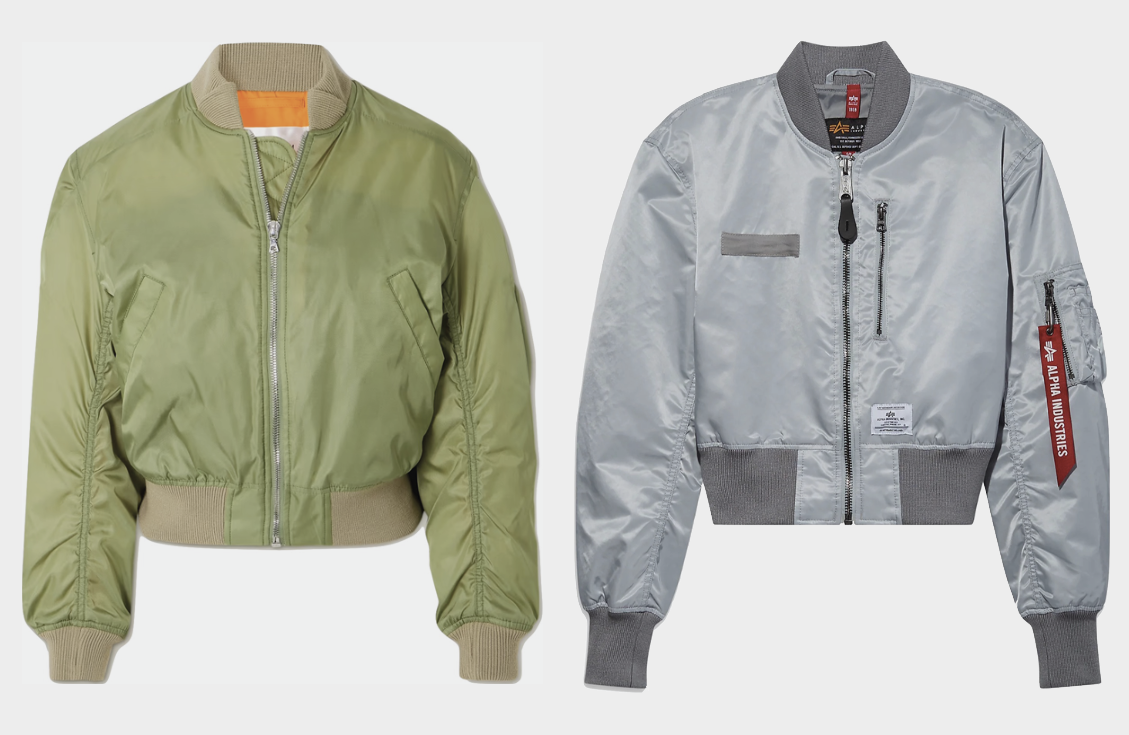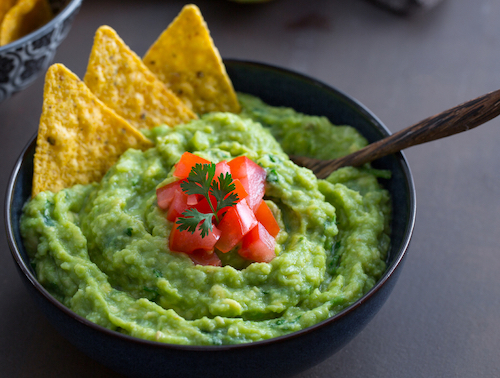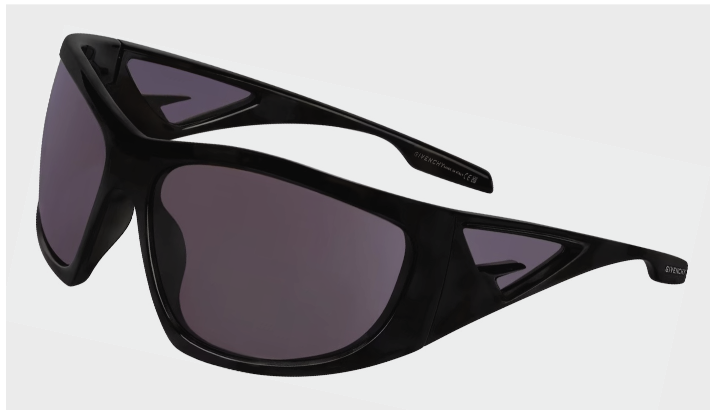STEVEN KOTLER
We all know what it feels like to be “in the zone”, that sense of effortless execution, be it on the tennis court, a ski run, or even working on a project. It’s total focus, clarity, and absorption in the task at hand, a challenge solved with ease, and seeing both the finish line and the steps to get there. We’ve all experienced this state that’s known as “flow”, and it’s more than a feeling. Neuroscientists have in fact discovered that flow is a physiological and recreatable state of consciousness in brain.
The term flow has recently been popularized by Steven Kotler, Executive Director of The Flow Research Collective. Kotler has spent decades researching and decoding the neurobiology of flow, and the connection between the brain and the body when humans are performing at their best. The Flow Research Collective is an organization whose mission is to understand the science behind human performance, and train individuals and organizations how to achieve more flow and optimize the benefits it provides.
The concept and term “flow” is not new. It has been around since the 1970’s, and was originally introduced by Mihaly Csikszentmihalyi, a Hungarian-American psychologist who was the first to identify and research the phenomenon. Csikszentmihalyi coined the term in his 1990 book, Flow: The Psychology of Optimal Experience and described flow as “a state in which people are so involved in an activity that nothing else seems to matter; the experience is so enjoyable that people will continue to do it even at great cost, for the sheer sake of doing it”.
The 8 Characteristics of Flow Csikszentmihaly identified were:
1. Complete concentration on the task
2. Clarity of goals and immediate feedback
3. An altered perception of time
4. An intrinsically rewarding experience
5. Effortlessness and ease in the task at hand
6. A balance between challenge and skills
7. Integration of action and consciousness
8. A feeling of control
Kotler picked up where Csikszentmihalyi left off in his 2014 groundbreaking book, The Rise of Superman: Decoding the Science of Ultimate Human Performance. Drawing from a decade of research and first-hand reporting on top action and adventure sports athletes like big wave legend Laird Hamilton, big mountain snowboarder Jeremy Jones, and skateboarding pioneer Danny Way, Kotler built a bridge between the extreme and the mainstream. He reveals how these athletes use flow to accomplish unfathomable feats, and how we can use flow to radically accelerate performance in our own lives.
Kotler’s latest book, The Art of Impossible: A Peak Performance Primer, takes flow to the next level, introducing the other factors and tools you need to maximize flow and amplify motivation, productivity, learning, creativity, and innovation. It is a playbook designed to help us exceed expectations, shatter limitations, and turn dreams into unimaginable realities.
I had a chance to interview Kotler last week for V1VE, and learn firsthand about the evolution of flow, the performance benefits it provides, and how we all can get more of it. Our entire IG Live conversation can viewed HERE, edited excerpts of which are below:
What is your definition of “Flow”?
The scientific definition is the optimal state of consciousness where we feel our best and perform our best. It refers to those moments of rapt attention and total absorption where you’re completely focused on the task at hand and everything else seems to disappear. Action and awareness start to merge, the self-conscious voice in your head starts to quiet, time passes strangely, and all aspects of performance, both mental and physical, go through the roof.
Your work and contributions have been in the neurobiology of flow. What are some the physiological events going in the brain when we feel this sensation?
There is an efficiency exchange as you move into this state of peak performance. You need a ton of energy to pay attention to the thing you’re doing. But the brain has a limited energy budget, so it shuts down noncritical structures, things that are not important to the task at hand, and repurposes that energy. One of the things that happens is a large part of the prefrontal cortex deactivates, which is known as “transient hypofrontality”. Hypo is the opposite of hyper and means to slow down.
“This is where neuroscience has really helped us out as a field for people interested in flow science. Psychology is a useful science, but it’s often metaphorical. Neurobiology is a mechanism. It’s something reliable and repeatable.”
What are some of the cognitive functions that happen in the prefrontal cortex that are affected?
Time is a calculation performed in the prefrontal cortex, which is why it seems to pass so strangely. We can no longer separate past from present from future in flow. We are plunged into the experience of what psychologists refer to as the “deep now” or the “elongated present”. The same thing happens to our sense of self. Self-consciousness is a calculation performed in the prefrontal cortex, and as it starts to shut down, that’s when the voice in our head gets quiet.
We all want to know how to achieve flow on a consistent basis. You teach this at The Flow Research Collective. How do we get more flow?
This is where neuroscience has really helped us out as a field for people interested in flow science. You go back to the 90’s, and the godfather of flow Mihaly Csikszentmihalyi teamed up with sports psychologist Susan Jackson. Together they wrote a book called Flow in Sports: The Keys to Optimal Experiences and Performances, and were trying to use psychology to get people into flow. They bat 50-50 at best. Psychology is a useful science, but it’s often metaphorical. Neurobiology is a mechanism. It’s something reliable and repeatable. What we’ve learned is flow states have triggers, preconditions that lead to more flow. They drive our attention to the present moment in different ways. They push more dopamine and norepinephrine into our system, two feel good neuro chemicals that enhance focus and excitement. They also lower cognitive load, which is like cleaning your desk. It clears your mind and liberates energy so you can achieve the complete concentration you need for flow.
Your book The Rise of Superman popularized and made the term flow a part of the public vernacular. The Art of Impossible takes it to the next level with the introduction of the other factors we need to maximize the power of flow.
When we’re talking about cognitive peak performance, we are talking about 4 sets of skills that fall under the headings of Motivation, Learning, Creativity, and Flow. Motivation is what gets you into the game, learning is what allows us to continue to play, creativity is how we steer, and flow is how you turbo boost the results beyond all reasonable expectations. In each of these categories there is a subset of skills. The motivational stack starts with curiosity. Curiosity leads to passion. Passion leads to purpose, which is passion for a cause greater than yourself. Once you have purpose, you need autonomy, which is the freedom to pursue purpose. Then you need mastery, which are the skills needed to pursue purpose. All of these things are flow triggers. For peak performance you need the full suite. The system is designed to work in sequence and in a certain way.
How can we create those optimal conditions for more flow?
The same way we have 90-minute REM sleep cycles, we have a focus / waking cycles of the same length. Our brain is designed for 90-minute increments of flow. In our ADD world, probably not all of us can do this right off the bat, but with a little training it becomes much easier because we are programmed for that amount of focus. You can’t beat your nervous system when it comes to things like Twitter, Facebook, and instant messaging. Practice distraction management and turn those off ahead of time. Tackle your hardest task first, the one that’s the biggest win, and block out 90 minutes of uninterrupted concentration time. And here’s the most important point, which is such so liberating if you follow it. Flow is a massive amplification in productivity so talk to your boss, talk to your coworkers, talk to your husband, boyfriend, girlfriend, kids and say this is my flow time. You will have much more later if you give me these 90 minutes now.
